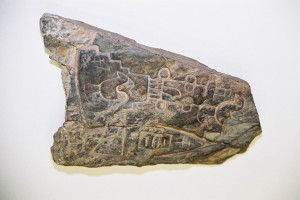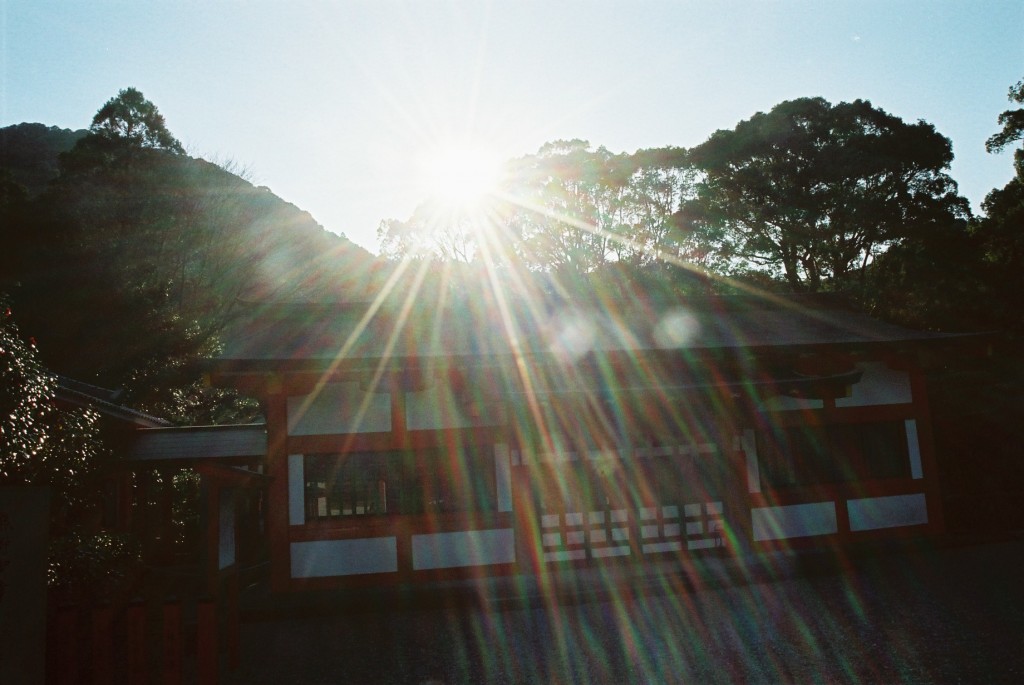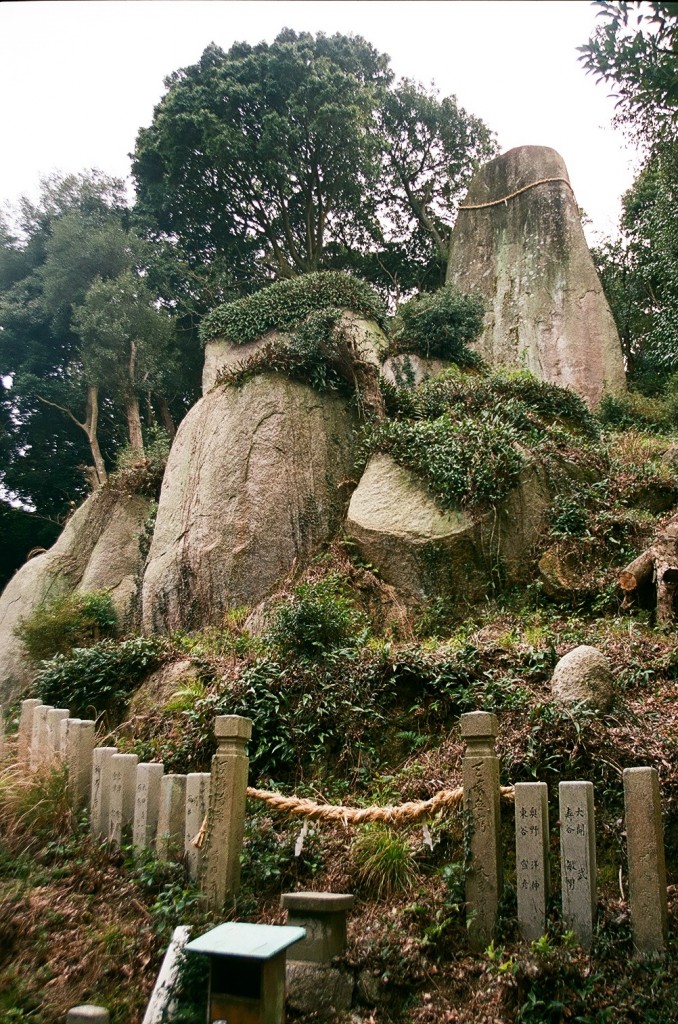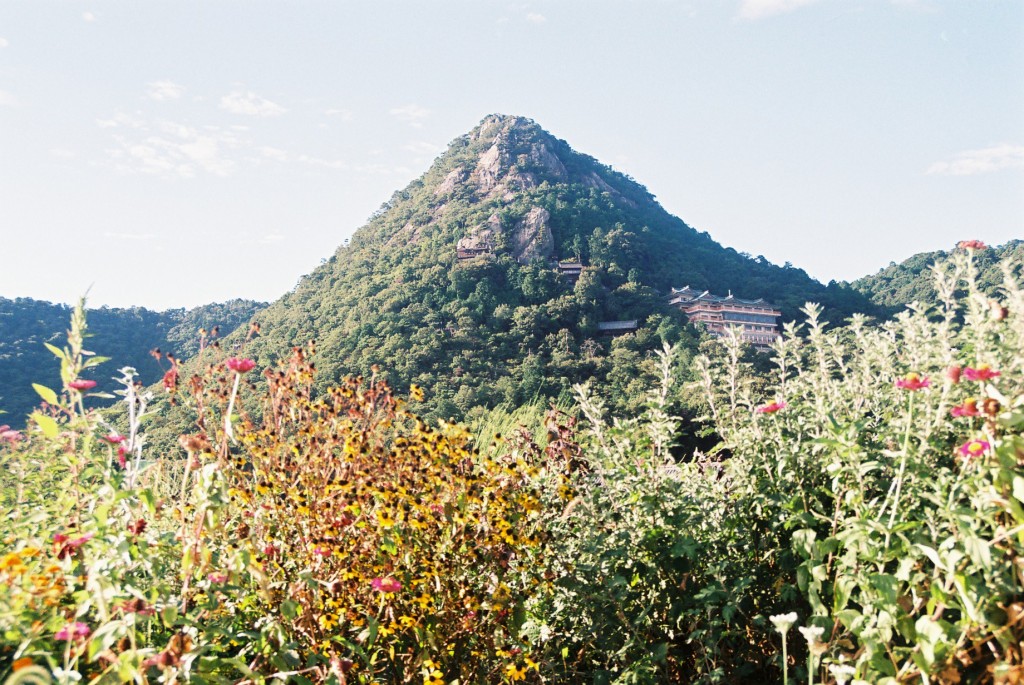Bilingual Australian, Kara Yamaguchi, who does tours of Japan’s power spots, has updated her blog and has some stimulating new information as well as stunning photos… Check it out:
http://sacredgatewaysofjapan.blogspot.jp/
Below is an extract from an interview on her website…. (all photos courtesy Yamaguchi)
Could you tell us a little bit about your background and how you became interested in ‘the worlds of ancient Japan’ ?
Apparently as a child I was always digging up our garden looking for old relics and coins, so I guess my love of lost ancient worlds has always been there! I’ ve also always been drawn to indigenous people and shamanism as a way to communicate with other worlds. But I never followed any particular spiritual practice until recent years.It all really came about when my father passed away. I’d been taking photos for several years and found myself very drawn to Wakayama prefecture and places like Asuka without understanding the deeper connection at the time. My path to research sacred sites in Japan started in earnest after a promise I made with my father that we would go on a pilgrimage if he got better. I’ d seen a book on Koya-san iii in a local bookstore and I was just so mysteriously drawn to it and I knew there was some hidden connection. I showed it to him one day in hospital to lift his spirits and he said ‘ That is so beautiful’ . He didn’ t know about Koya-san so I said ‘ Ok, when you get better we’ll go there’. When he died, I honoured our promise and that was the beginning of all the pilgrimages, and my dad’s parting gift to me.

A Japanese 'Rosetta sone'
I wasn’t even aware of all the pilgrimage routes and only vaguely aware at that time about ancient Shinto beliefs. But after I returned from Koya-san, for the next two weeks all I would see was the kanji for Izumo (出 雲) everywhere I went. It was calling to me for some reason!
In hindsight it is interesting to see that many of the places I have visited are linked with Amaterasu, the sun goddess. Izumo is of course directly linked to the goddess in Japanese mythology as the shrine is said to have been a gift from her to the kami, Okuninushi.
A lot of foreigners don’ t make the journey there for some reason, but its power and sacredness is something that stays with you. Visiting these sacred sites somehow seems to change you and before I knew it, I had a new identity and I just sensed intuitively that this ancient world was one I needed to explore. I started documenting sacred sites and it expanded into a body of work spanning five years of research and pilgrimages all over the country. And I hope that it is a journey which will continue, because there are still many unanswered questions about so much of the ancient world. I am also compelled to carry on with this work as urban development coupled with recent environmental disasters is threatening the survival of some of these sacred sites. We can’ t take the risk of losing such important keys to our understanding of Japan’ s ancient history and how it relates to our history as a whole.
Could you give a brief overview of the ancient beliefs of Japan?
Ancient spiritual practices in Japan, later known as Shinto, adhered to the belief that spirits were to be found and honoured in everything around you: the rocks, the trees, the mountains and even in the tools that you used. There was a reverence for life in all things which we have sadly moved away from in our modern age. There was also a very strong tradition of shamanism which is not something often associated with Japan. The legendary Queen Himiko (3rd century AD), Japan’ s most famous shaman leader, seems to forever fascinate the Japanese public. It is interesting to see how in recent years there has been a sudden surge in interest with anything to do with psychic and paranormal phenomena. It’ s hard to be certain why this is all happening, but I feel it may be a sign that these ancient beliefs are returning to modern Japan and being readapted to the context of contemporary life.

Power spot Hayatama Shrine in Shingu, Wakayama

Awaji Island megaliths


Leave a Reply